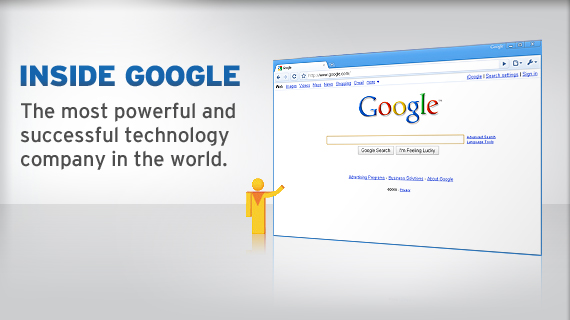Why Your Organization Better Jump Into Cloud Computing
/Let’s say you’re like many small to medium sized companies with information systems comprised of a variety of pieces. You have one or two in-house servers, a number of laptops and PC’s, a Microsoft operating system, desktop applications like word processing, spreadsheets, Outlook and perhaps a third party proprietary Intranet application accessed over the Internet. This is common for many small to mid sized organizations.
Trouble is, if you take a moment to calculate what the cost of all this technology and maintenance is for your company you might be surprised. Upgrades, hardware maintenance, software licenses all add up. Don’t even mention that you are unable to really manage what folks are up to on a day to day basis.
To make this more challenging your people aren’t able to take full advantage of things like their smart phones, mobile internet access while they are on the go or at home, social media, and other advancing technologies. This would help them be more productive in serving customers or developing new business.
To make it even more alarming, what is you ARE relying on a third party vendor, which might have financial issues you are unaware of given today’s environment, to manage and host your Intranet content or business systems based on a proprietary infrastructure? You may have some real trouble ahead. What happens if they fold ? What upgrades are they making to adopt new tools ? What is your EXIT strategy ?
You have a problem that deservers consideration. The good news is there is a solution. You just need to gather the will to understand the tremendous risk and opportunity that all organizations face today around their information systems.
With all of the advancements in technology available to organizations today, particularly with the cloud, you really really have to sit down and take account of how you are using your IT and strongly consider shifting your strategy to the cloud....Entirely to the cloud. Sooner not later would be a very good idea.
Watch Mark Benioff CEO of salesforce.com explain the cloud, technology and what is happening and why you should jump in. Don’t wait and let your competitors beat you to the punch.










